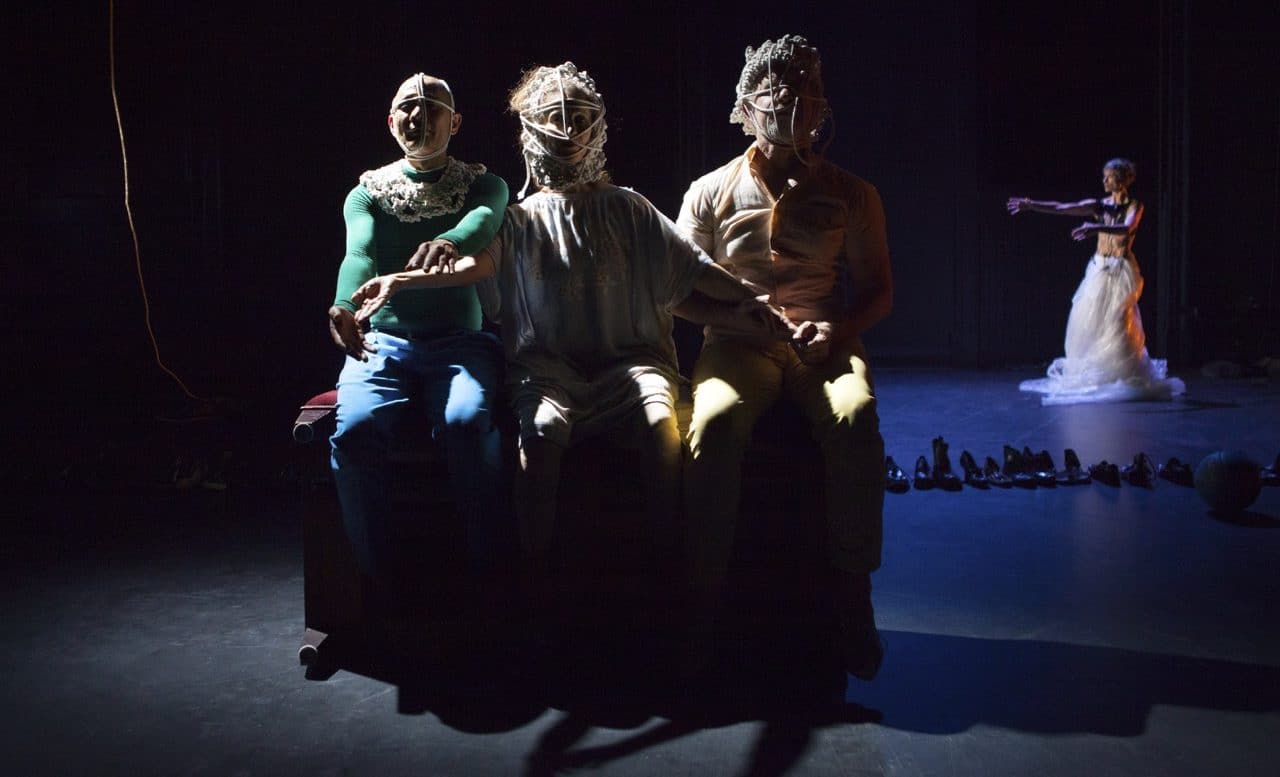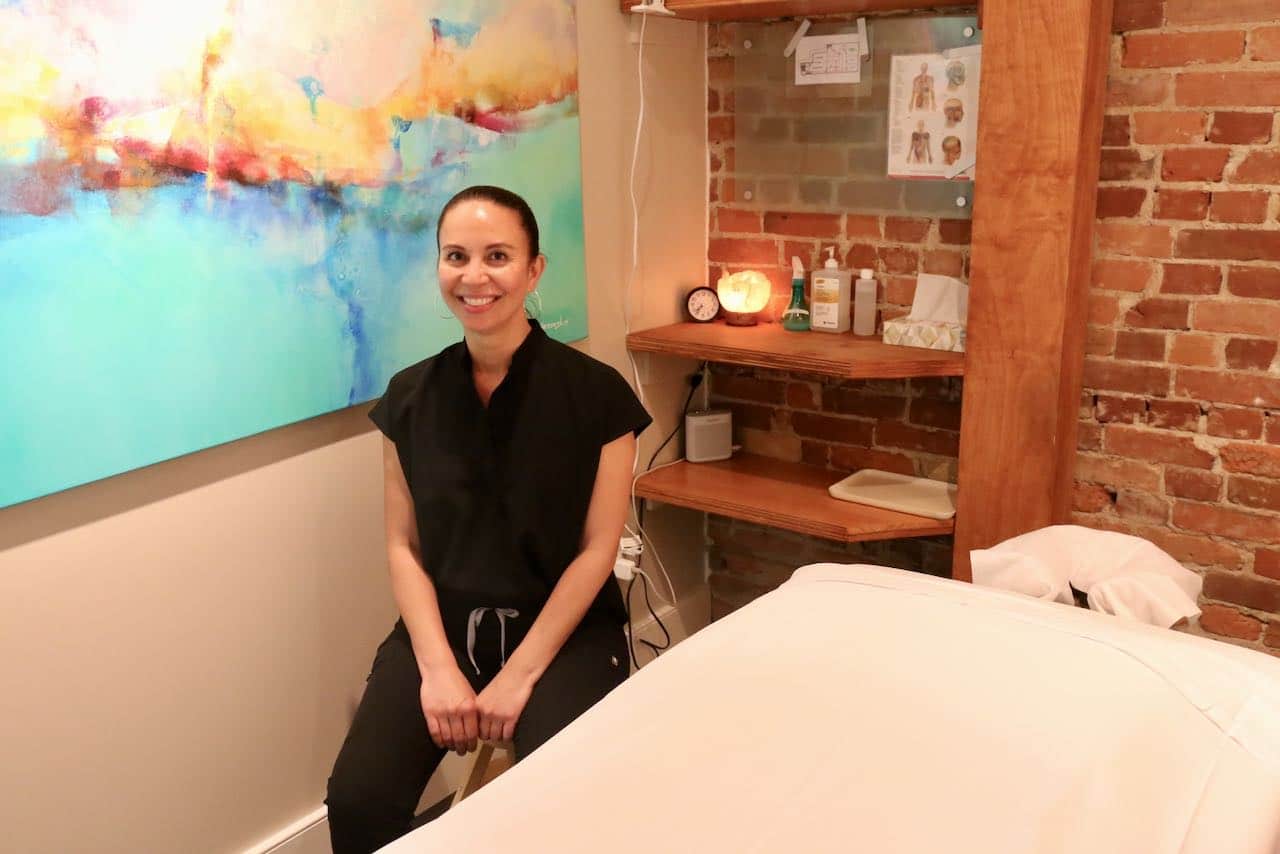Have you ever danced like no one was watching? Thrown your hands in the air like you just don’t care? For me this is an activity saved for my most private moments: rocking out in the privacy of my own car when that song comes on the radio. I do it, just not in front of anyone. I realize I am not the norm, though I would argue I’m not unusual either. ‘
It was when I was watching my two year old niece Molly that it dawned on me how instinctual dancing is for the human body. Molly who has never been taught to dance, been to a dance or really even seen dance, starts bopping to the beat, up and down all wiggly wobbly, clapping her hands and giggling like a mad munchkin every time her favourite song comes on.
It made me wonder, who taught her that? Where did she learn it? The simple answer was – no one and nowhere. It’s instinctual, our bodies no matter what stage or state are meant to express themselves physically. For Molly, who can’t even talk yet, it’s with dance. A nonverbal way of saying to us – hey, I like this song, it’s the shit!

From May 9th to 20th Toronto dance fans will flock to Cloud 9 at The Theatre Centre to enjoy a new production which is split into two parts: Lina Cruz’s Room #7 and DA Hoskin’s Bird Nesting in Fingers in Bloom. Both performances have been cast to shed light on the life of a person and a dancer. Featuring celebrated senior dancers, Lina Cruz and DA Hoskin’s explore the evolution of dance artists who continue to invest in their body as a growing entity. The need for physical expression and movement may start at infancy but it also continues long after a few grey hairs, stiff muscles, bruises and added wrinkles.
We sit down with The Dietrich Group’s DA Hoskins (Paris 1994/Gallery, The Land of F***) to chat about his love for dance and what audiences can expect from his newest work Bird Nesting in Fingers in Bloom.
Do you dance alone when you are at home?
My husband loves to Dj – often through the week and on a typical Friday night he goes on benders – exploring sets. I’m usually dancing on those nights.
What influences you?
Exchange, the unpredictable, the personal, landscapes, scale, colour, sex, mystical rides, people who need to be irked, things that piss me off, going forward.
What do you think about the human body in your job?
My first exposure to dance was profound moment – coming from a repressive background I saw dance as a political movement. To see liberty in the body and its expressive power – the physical, sensual, sexual – was unlike anything I had ever witnessed till then. The importance, integrity and identity it offered me at that pivotal moment – all wide eyed and in awe, continues to influence and inspire everything I do.
What kind of body is able to dance? Do you believe that body type can be an obstacle for someone who wants to dance?
There is a huge range of dance genres that explore only within specific body types. I have no problem with this when I see good art, but I’m utterly perplexed when it is simply about regurgitating old values. Within the conformities of genres like ballet, for example, I have extreme problems with all of the whiteness, which excludes and is totally unreflective of our world.
In many ways ‘being’ is dancing. Abilities and inabilities, bodies, age are all able to express through the physical – to shed light and growth on the world in which we live.

You founded The Dietrich Group, a platform focused on exploring a non-conformist aesthetic and a forum for interactive exchange. Why is this exchange so vital within your choreography?
It is about an exchange that broadens all parties – that merges the density of existence through instinct, response and dialogue.
Can you elaborate on why you believe conformism holds sway in contemporary dance training and performance?
The Arts are not about conformity and yet it can easily be seen as a business. How do we evolve in communication/expression that doesn’t perpetuate the conformity of the established? The ARTS must encourage us to connect to ourselves collectively and personally. Individuality needs to be down stage centre in the educational institutions. It is here I believe the humanity of art and evolution will be prevalently connected.
What inspired the title, Bird Nesting in Fingers in Bloom?
Originally the working title for this commission was BIOGRAPHY. My aspirations for this work are to capture the potent individuality of these extraordinary beings within all their operatic offerings.
During rehearsals late in March, when the movement started to solidify and the concept found its voice, I heard – with studio windows opened, after what seemed like months of gloomy weather – the sound of birds echoing overtop of our audio landscape… an announcement of spring… life both internally and externally connected.
In seeking out inspiration for a title I came across an image of a sculpture by Spanish artist Joan Miro. The title spoke to me of this very creative exchange with all the potent history and experience these artists hold. It spoke of a relationship to creation, a delicate balance in being as big as we can in our ever evolving selves.
You draw inspiration from new media, conceptual art and video clips, and incorporate visual projections, text and voice into your dances, what of this can we expect to see in Bird Nesting in Fingers in Bloom?
Bird Nesting in Fingers in Bloom is a reflection of the self, personally and collectively – a collision of experience that binds the players’ bodies in a sharing of understanding, a wisdom that renders the illuminations of the self, tactile.
Story by Melissa Dennie Photos by John Lauener


